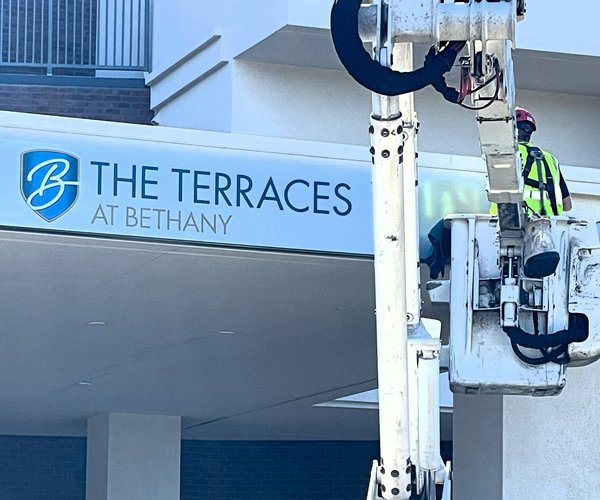Over a decade ago, Sequoia School was showing its age.
It was built in 1957 as a kindergarten through sixth grade school with nine classrooms facing narrow Martha Street.
Today — thanks to an infusion of $8.4 million from Measure G and Measure A bond measures approved by voters in 2014 and 2020, respectively — Sequoia School is no longer stuck in the 1950s.
The latest work that finishes the campus makeover goes before the Manteca Unified School District board for final approval when they meet today at 4 p.m. at the district office.
A running track — along with new playgrounds and playing fields — was installed on the southwest corner of the campus along Locust Avenue and Wawona Street.
The work replaced deteriorating asphalt and problematic grass playing fields.
It also addressed drainage issues, some classroom-related issues, and put in place new shade structures.
Previous Measure G work included new classrooms and a new office that was added next to a multipurpose room that was built a few years prior.
The overall modernization project reorientated the campus from the old congested Martha Street entrance to Wawona Street. It also included campus security upgrades.
The site has been master-planned to potentially accommodate an additional cluster of 10 classrooms on the southeast portion of the campus if needed to accommodate growth.
That could add a 300-student capacity to Sequoia that is now designed to accommodate a program enrollment of 900 students.
The elementary campus is a systemic example of how Manteca Unified is pursuing its plan to develop the best possible educational facilities by making maximum use of funding sources.
It does so by wedding modernization bond projects with growth funded endeavors such as community facility district fees and “bedroom taxes” also known as developer fees.
By designing campus modernization work where possible to situate sites for additional classrooms, it gives the district the option of adding classroom capacity without having to build a new elementary campus.
Not only can an elementary campus cost as much as $60 million to $80 million to build, but it can take five years to go from planning to completion.
It is also in one location.
As such, the Manteca Unified strategy allows the district to be nimbler and to do so at less cost when accommodating growth.
It piggybacks on existing support facilities such as parking lots, libraries, multiple-purpose rooms and other essential needs that are expensive to build.
It also improves the likelihood classrooms built in clusters can be stick and mortar affairs and not portables. As such, it assures the CFD and developer fees can be spent more effectively while reducing ongoing maintenance costs.
The revenue from CFDs and developer fees — both capped by state law — fall way short of covering the cost of permanent construction.
District Superintendent Clark Burke noted Sequoia School is an example of delivering on the distrust’s promise in bond elections to make sure all schools — including the district’s oldest — have facilities needed to provide the best possible education experience.
To contact Dennis Wyatt, email dwyatt@mantecabulletin.com






